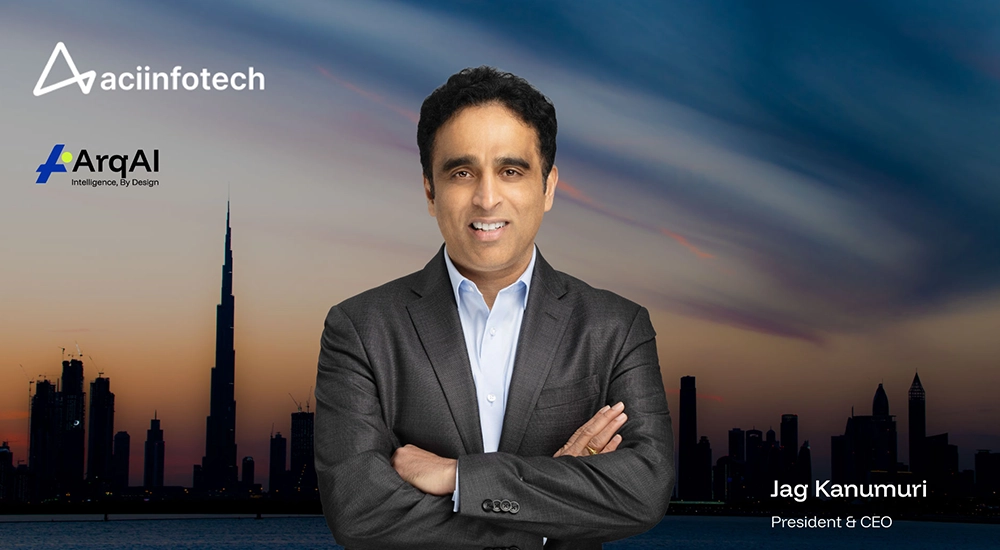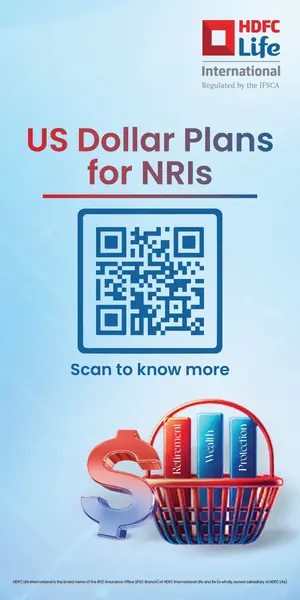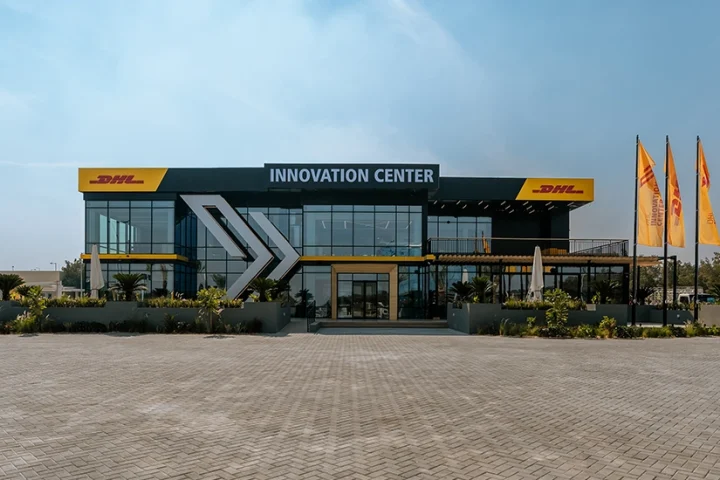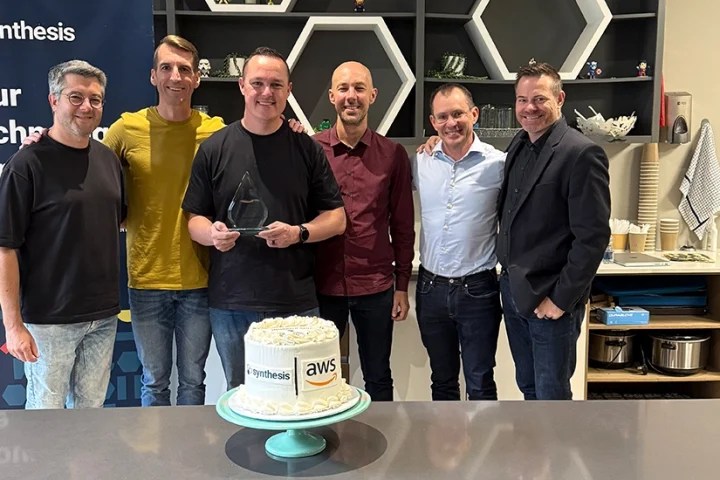Can you start by giving us a brief overview of ACI Infotech?
ACI Infotech is a global technology services firm that turns complex data and platforms into business results. For nearly two decades we have helped large enterprises unify fragmented estates, modernise core systems, and scale AI and automation with control. Our difference is delivery. Senior enterprise architects embed on site, global pods execute in parallel, and we ship production outcomes in 30 to 90 days.
When RaceTrac asked us to fix a loyalty ecosystem spread across 20 plus systems, we stabilised the stack and unlocked 20 million dollars in savings in 12 weeks.
We meet clients where they run. Governance is built in from day one so security, lineage, and audit are never afterthoughts. Where it accelerates value, we bring ArqAI to enforce policy as code and observability across the flow. The outcome is simple. Faster time to value, lower run costs, and metrics leaders can trust.
What are the most common business or technology challenges your customers come to you with?
The most common challenges we see among our customers usually fall into four major categories. First, there’s the issue of data that leaders do not fully trust. In many enterprises, metrics disagree, lineage is unclear, and insight often arrives too late to make a difference. For example, with Sodexo, which operates in more than 50 countries, we helped reduce data latency from four to six hours down to near real time. This shift allowed frontline teams to make decisions with confidence rather than second-guessing the numbers in front of them.
Second, many organisations struggle with AI that never leaves the lab. While pilots and proofs-of-concept may exist, they often stall because of governance gaps, model drift, or the difficulty of integrating AI into core systems like SAP, Salesforce, or homegrown platforms.
Third, we frequently encounter challenges around slow delivery and high run costs. Release cycles drag on, incidents spike, and unit costs creep upward simply because processes and ownership are not clearly defined. With our ArqRelease patterns, we’ve been able to help clients cut their cycle times by half—all without making disruptive changes to their core systems.
Finally, many organisations face a fragmented customer experience. Their web, app, in-store, and service channels often operate on different versions of the truth, leaving customers with inconsistent and frustrating journeys.
Given the emphasis on “governed by design” and measurable outcomes in your delivery model, how do you ensure that AI and data projects move beyond pilots into full-scale production
The industry failure rate is staggering—85% of enterprise AI projects never reach production. To overcome this, we use a structured four-phase framework designed to deliver measurable outcomes, satisfy governance requirements, and ensure sustained adoption.
Phase 1: Outcome Mapping (Week 1–2) focuses on clarity of purpose. We begin with a specific KPI and work backwards from it. For example, instead of a vague goal like “improve fraud detection,” we set a precise target such as “reduce false positives by 40% with $2M cost impact.” If an AI component does not directly and demonstrably contribute to the KPI, it does not get built. This sharpens focus, aligns stakeholders, and prevents waste.
Phase 2: Governed Build (Week 3–8) is where governance is operationalised by design, not retrofitted. This is enabled by ArqAI’s three core IPs: the Compliance-Aware Prompt Compiler, which checks every AI action against policy before execution; Observability-Driven Adaptive RAG, which continuously monitors retrieval quality and auto-adjusts when relevance drops; and Trust-Aware Agent Orchestration, which issues one-time capability tokens so no privileges persist and every action leaves a full audit trail. Together, these mechanisms ensure Legal and InfoSec are satisfied by default—so governance accelerates progress instead of blocking it.
Phase 3: 30-Day Production Proof (Week 9–12) brings the system into the hands of real users, with real data, to prove movement against the KPI. For instance, with a healthcare client we achieved a 40% reduction in manual review time while ensuring CMS compliance validation across more than 1,000 patient cases. At this point, it is no longer a pilot—it is production-grade and outcome-driven.
Phase 4: Scale and Operate (Month 4+) is where outcomes are sustained and expanded. We scale through managed services operating under outcome SLAs. Unlike traditional engagements, we don’t hand off and disappear. Governance is embedded, accountability is contractual with fees tied directly to KPI delivery, and there is no platform lock-in. ArqAI runs on the client’s cloud and integrates seamlessly with the existing stack. This approach ensures not only faster time-to-value but also trust, transparency, and long-term adoption.
Looking at regional markets such as the Middle East and Africa, what opportunities do you see for ACI Infotech in those geographies?
MEA is building tomorrow in real time. The region is investing at national scale in energy, finance, logistics, healthcare, and citizen services. The opportunity is to match that ambition with execution that is fast, governed, and respectful of sovereignty.
ACI will be the partner that turns strategy into systems that work, with outcomes leaders can measure and regulators can trust.
We focus on four commitments:
- Sovereign by design
Architectures that keep sensitive data in country, prove lineage end to end, and enforce policy as code. We design on Azure, AWS, Google Cloud, and regional providers, and integrate core platforms like SAP, Salesforce, ServiceNow, Snowflake, Databricks, Adobe, Braze, Dynatrace, and Informatica without breaking residency or separation of duties. - Arabic-first experiences
Models and knowledge bases that work naturally in Arabic, paired with explainability, leaders can sign off on. This is not translation. It is intent, context, and culture handled with care so citizen and customer experiences feel native. - Production over pilots
Thirty to ninety day production windows that prove KPI movement in the real world. Once value lands, we scale with clear ownership, runbooks, and SLAs so gains persist beyond the first quarter. - Build regional capability
Enable local teams, not just deliver and leave. We will co-create reference architectures with public and private stakeholders, train client engineers on modern data and AI operations, and share playbooks for regulated deployments.
Proof that this approach resonates is our recent GEC 2025 Award for AI Governance and Compliance Innovation. It reflects what MEA leaders are asking for today, which is speed with trust and audit-ready AI at national scale.
What trends are you seeing in MEA specifically — whether in cloud, data, AI or customer experience — that you believe will shape investment priorities in the next 12-24 months?
The next two years belong to organisations that make AI safe, sovereign, and operational. Here is how we see the curve bending, and how we plan to help clients lead it.
Sovereign and hybrid AI becomes the default: Residency and control move from policy slides to running systems. Investment shifts to architectures that can prove where data lived, who touched it, and why an action was taken. Our answer is residency-aware designs on Azure, AWS, and regional clouds, with enforcement built into the stack and evidence available on demand.
Arabic language quality becomes a board topic: Executives will fund Arabic-first models, retrieval layers, and evaluation methods that protect meaning and reduce bias. Expect spend on curated Arabic corpora, culturally aware evaluation, and human-in-the-loop workflows for high-impact decisions. We will bring evaluation harnesses, multilingual data quality gates, and repeatable patterns that keep accuracy high as content changes.
OT and IT converge under real observability: Energy, utilities, and smart city programs will require one operational picture across plants, grids, networks, and apps. Leaders will fund end-to-end tracing, action gating for risky changes, and approval workflows that keep people in control. We integrate Dynatrace and similar tooling with ServiceNow and custom runbooks so reliability and safety are measurable.
Agentic workflows move into production: Visa services, permitting, customer service, and field operations will adopt autonomous steps where safe, with clear handoffs back to humans when risk rises. We design for reversible actions, one-time privileges, and full audit so legal and compliance have confidence from day one.
Data and CX foundations mature in parallel: Lakehouse patterns on Snowflake and Databricks, plus identity and decisioning on Salesforce, Adobe, and Braze will anchor revenue programs. The shift is from dashboards to decisions in flow. We prioritise identity resolution, clean consent, and real-time decisioning that ties media and loyalty to measurable lift.
Operate, not just build: Enterprises will choose partners who can stand up systems and run them under outcome SLAs. The focus is time to first value, then unit cost and reliability at scale. We will staff regional delivery pods, embed with client teams, and price work against KPIs that leaders care about.
Across all six trends, our role is clear. Bring enterprise rigour without slowing the plan. Make AI explainable, sovereign, and safe. Instrument outcomes so every executive can see progress in weeks, not quarters. And leave the client stronger than we found them, with local teams who can run and evolve the system long after go live.




















